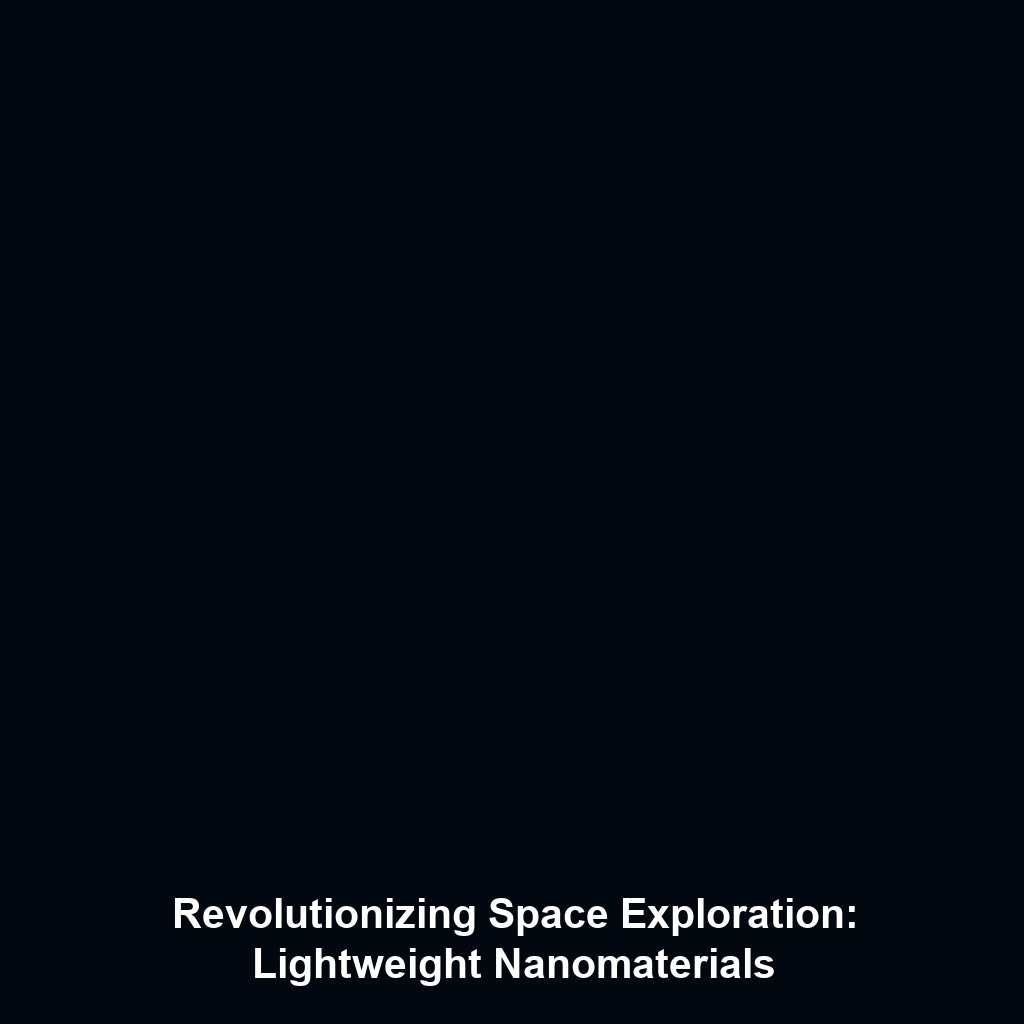Nanomaterials for Water Purification: TiO2 and Carbon Nanotubes
Introduction
The significance of Nanomaterials like TiO2 and carbon nanotubes in water purification cannot be overstated. As the demand for clean drinking water continues to rise, advanced nanomaterials are emerging as promising solutions to combat water contamination. TiO2 and carbon nanotubes stand out due to their unique properties, enabling them to effectively remove harmful contaminants from water, thus playing a crucial role in environmental sustainability and public health. This article delves into how these innovative materials fit within the broader scope of Advanced Nanomaterials.
Key Concepts
Understanding TiO2 and Carbon Nanotubes
Titanium Dioxide (TiO2) is a widely studied semiconductor material known for its photocatalytic properties. When exposed to UV light, TiO2 generates reactive oxygen species that break down organic pollutants in water. On the other hand, carbon nanotubes (CNTs) possess exceptional mechanical and electrical properties, making them highly effective in various filtration applications. Together, these nanomaterials represent a significant advance in water treatment technology, facilitating more efficient contaminant removal processes.
The Role of Nanomaterials in Filtration
The incorporation of TiO2 and CNTs into filtration systems enhances the capabilities of conventional materials, providing higher surface area and improved reactivity towards pollutants. This synergy leads to superior filtration performance, thus showing their profound relevance in the field of Advanced Nanomaterials.
Applications and Real-World Uses
The applications of TiO2 and carbon nanotubes in water filtration are increasingly significant. Some notable uses include:
- Wastewater Treatment: TiO2-coated filters are effective in degrading pollutants in industrial wastewater.
- Drinking Water Purification: CNTs are utilized in portable water purification devices to remove bacteria and sediment.
- Environmental Remediation: Combining TiO2 and CNTs enhances the degradation of environmental contaminants in polluted water bodies.
These examples illustrate how advanced nanomaterials are revolutionizing water treatment processes globally.
Current Challenges
Despite the promising advantages, there are several challenges of using TiO2 and carbon nanotubes in water purification:
- Cost and Scalability: The high cost of production and difficulty in scaling up processes limits wide adoption.
- Potential Toxicity: There are concerns about the environmental impacts and toxicity of nanomaterials.
- Efficiency in Diverse Conditions: The effectiveness of TiO2 and CNTs can vary depending on the type of contaminants and water conditions.
Future Research and Innovations
Ongoing research in the realm of TiO2 and carbon nanotubes is focused on addressing these challenges. Innovations such as the development of hybrid nanomaterials and advanced photocatalytic systems show exceptional promise. The integration of nanotechnology with artificial intelligence could also revolutionize filtration systems, paving the way for smarter, adaptive waste treatment solutions. These breakthroughs are set to enhance the efficiency and usability of advanced nanomaterials in water purification.
Conclusion
In summary, the application of nanomaterials like TiO2 and carbon nanotubes in filters represents a significant advancement in the field of water purification. As research progresses, the potential to mitigate water contamination through these advanced nanomaterials will continue to expand. For further insights, explore our articles on advanced nanomaterials and water purification technologies.

Leave a Reply